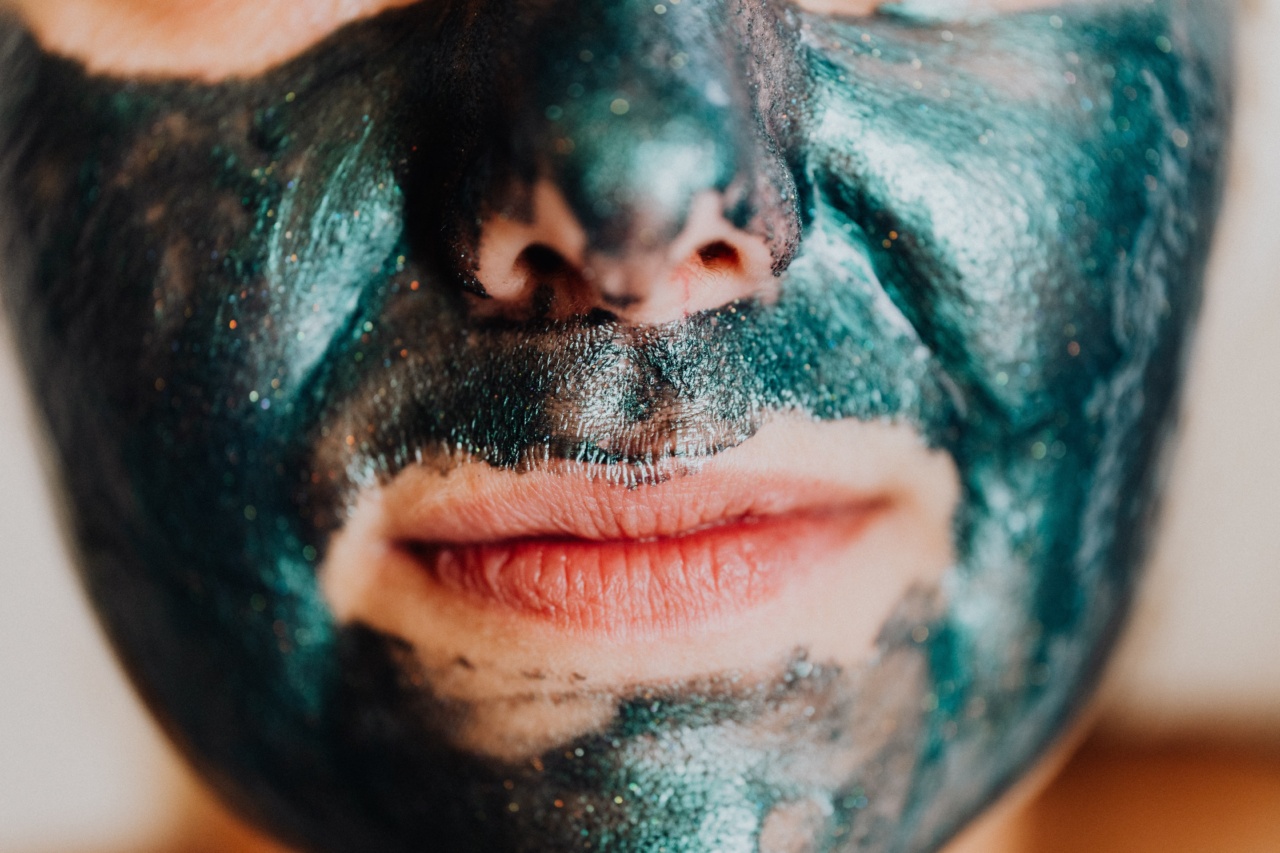As we age, our skin undergoes various changes. These changes are a natural part of the aging process and are influenced by both internal and external factors.
Understanding these changes can help us in taking better care of our skin as we get older and maintain its health and appearance. In this article, we will delve deeper into the topic of aging skin and explore its causes, effects, and possible treatments.
1. What Causes Aging Skin?
Several factors contribute to the aging of our skin:.
a) Chronological Aging: This refers to the natural aging process that occurs over time. As we age, our skin gradually loses its elasticity and becomes thinner, leading to the formation of wrinkles and fine lines.
b) Sun Exposure: The harmful ultraviolet (UV) rays of the sun can accelerate the aging process of our skin. Prolonged sun exposure can lead to the breakdown of collagen and elastin, resulting in sagging skin, age spots, and uneven skin tone.
c) Smoking: Smoking tobacco can cause premature aging of the skin. The toxins present in cigarettes can damage collagen and elastin fibers, leading to sagging skin, wrinkles, and a dull complexion.
d) Poor Diet: A diet lacking in essential nutrients can affect the health and appearance of our skin. Nutrient deficiencies can impair collagen production and skin repair mechanisms, resulting in premature aging.
e) Lifestyle Factors: Other lifestyle habits such as excessive alcohol consumption, stress, lack of sleep, and pollution exposure can also contribute to skin aging.
2. Effects of Aging on the Skin
The aging process affects our skin in various ways:.
a) Wrinkles: Fine lines and wrinkles are the most visible signs of aging. They occur due to the loss of collagen and elastin, as well as decreased moisture retention.
b) Sagging Skin: The loss of skin elasticity causes it to sag, especially around the cheeks, jawline, and neck.
c) Age Spots: Prolonged sun exposure can lead to the formation of dark spots or patches on the skin. These are commonly known as age spots or liver spots.
d) Uneven Skin Tone: Aging can also result in an uneven skin tone, with areas of hyperpigmentation or melasma.
e) Dryness and Rough Texture: The skin tends to become drier and rougher with age, as the production of natural oils decreases.
3. Treating Aging Skin
While it’s impossible to reverse the natural aging process, there are several treatments available to minimize the effects of aging on the skin:.
a) Topical Retinoids: Retinoids, derived from vitamin A, are known for their effectiveness in reducing fine lines and wrinkles. They stimulate collagen production and help improve skin texture.
b) Moisturizers: Regularly applying moisturizers can help hydrate the skin and reduce the appearance of dryness and rough texture.
c) Sun Protection: Protecting the skin from the harmful UV rays of the sun is crucial in preventing further damage. It is advisable to use a broad-spectrum sunscreen with at least SPF 30 on a daily basis.
d) Chemical Peels: Chemical peels involve the application of a chemical solution to exfoliate the outermost layer of the skin, leading to smoother and younger-looking skin.
e) Fillers and Injectables: Dermal fillers and injectables can be used to restore lost volume in the skin and reduce the appearance of deep wrinkles and folds.
f) Laser Therapy: Laser resurfacing treatments can help improve skin tone, texture, and reduce the visibility of wrinkles and age spots.
4. Taking Care of Aging Skin
In addition to treatments, it is essential to follow a daily skincare routine and make certain lifestyle changes to care for aging skin:.
a) Gentle Cleansing: Use a mild, non-drying cleanser to cleanse the skin twice a day. Avoid harsh soaps that can strip the skin of its natural oils.
b) Hydration: Moisturize the skin daily to keep it hydrated. Look for moisturizers that contain hydrating ingredients like hyaluronic acid and ceramides.
c) Dietary Modifications: Include a balanced diet rich in antioxidants, vitamins, and minerals to support overall skin health. Consume foods high in omega-3 fatty acids, such as fish and nuts, as they promote skin hydration.
d) Sleep and Stress Management: Get enough sleep and practice stress management techniques like meditation or yoga to reduce the impact of stress on the skin.
e) Quitting Smoking: Smoking damages the skin and accelerates the aging process. Quitting smoking not only benefits the skin but also improves overall health.
f) Regular Exercise: Engage in regular physical activity to promote circulation and enhance the delivery of nutrients to the skin.
g) Avoiding Excessive Alcohol Consumption: Excessive alcohol consumption can dehydrate the skin and contribute to premature aging. Drink alcohol in moderation or avoid it altogether.
Conclusion
Aging skin is a natural part of the aging process, but its effects can be minimized.
By understanding the causes and effects of aging on the skin, as well as adopting a consistent skincare routine and making healthy lifestyle choices, we can maintain the health and appearance of our skin as we age. Consultation with a dermatologist can provide further guidance in personalized skincare and treatment options best suited for individual needs.





























